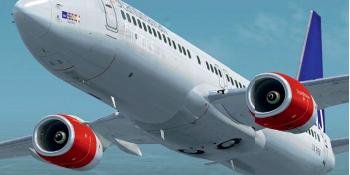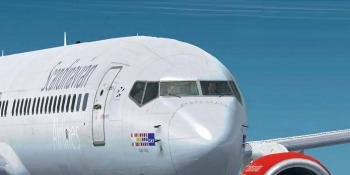To mark the redesign of PC Pilot, we took the opportunity to explain to newcomers what they will need to get into the world of flight simulation, both in terms of software and hardware.
This article previously appeared in one of our other publications, but we felt it was worth reprinting for those new to PC Pilot. This feature outlines what type of hardware is required to run flight simulation software successfully and the different types of controllers that can bring a higher level of realism to the experience.
Flight simulators have been around for almost as long as powered flight, dating as far back as 1910. An example of one of the first devices to be used was the Sanders Teacher. It was essentially an aircraft mounted on a universal joint that faced into the prevailing wind and was able to respond to the aileron, elevator and rudder input - similar to an actual aircraft. Although these early simulators were rather simplistic, they quickly became increasingly sophisticated and were adopted for instrument training and practising failures that were deemed too dangerous to perform in a real aircraft.
It was not until the early 1980s though that flight simulators expanded into the entertainment market…





